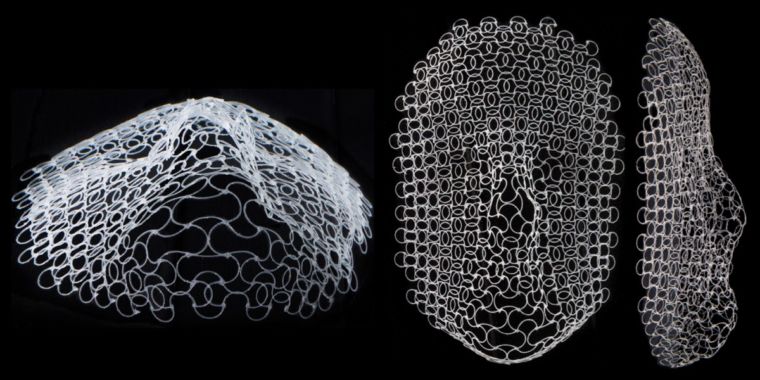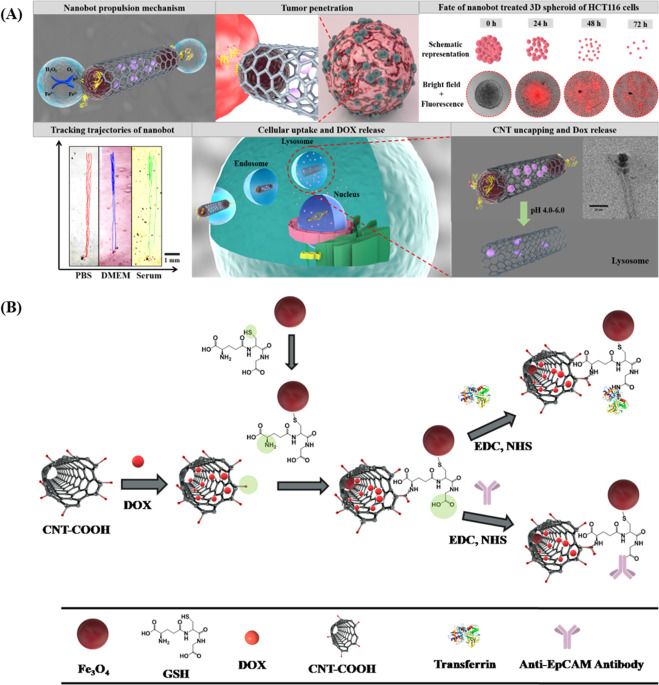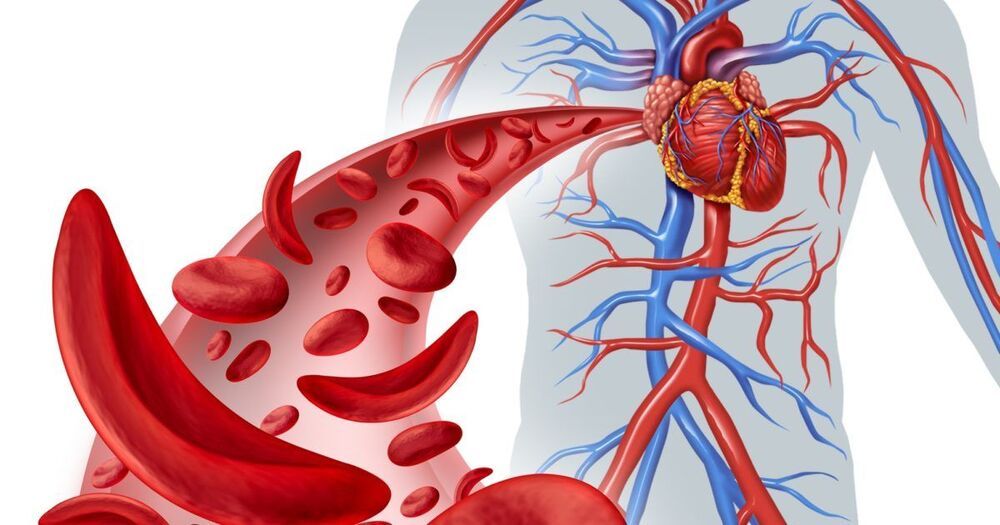A total of 26 high-severity vulnerabilities affect NVIDIA Jetson chipsets.



Circa 2018
CRISPR will realize its potential in plastic and reconstructive surgery only if plastic surgeons gain familiarity with this disruptive technology and become active contributors and leaders in applying CRISPR to their respective areas of expertise.


Circa 2020
Self-propelling magnetic nanorobots capable of intrinsic-navigation in biological fluids with enhanced pharmacokinetics and deeper tissue penetration implicates promising strategy in targeted cancer therapy. Here, multi-component magnetic nanobot designed by chemically conjugating magnetic Fe3O4 nanoparticles (NPs), anti-epithelial cell adhesion molecule antibody (anti-EpCAM mAb) to multi-walled carbon nanotubes (CNT) loaded with an anticancer drug, doxorubicin hydrochloride (DOX) is reported. Autonomous propulsion of the nanobots and their external magnetic guidance is enabled by enriching Fe3O4 NPs with dual catalytic-magnetic functionality. The nanobots propel at high velocities even in complex biological fluids. In addition, the nanobots preferably release DOX in the intracellular lysosomal compartment of human colorectal carcinoma (HCT116) cells by the opening of Fe3O4 NP gate.

Circa 2017 using this can lead to near Ironman or foglet bodies with the ability to self heal the human body. It could be used on smartphones to heal people not needing a doctor in the future. This also would allow for the biological singularity to happen.
This device shoots new genetic code into cells to make them change their purpose. Researchers say the chip could someday be used to treat injuries in humans. But they’ve got a long, long way to go.

A once forgotten technology, RNA editing has been gaining traction as a treatment for genetic conditions given its key advantages over CRISPR gene editing.
Since CRISPR-Cas9 gene editing was first reported in 2012, its promise of making gene editing faster, cheaper, and easier than ever before led to an explosion in the number of publications referring to this gene editing technology.
An increasing number of research labs and companies are aiming to translate CRISPR gene editing into therapies for genetic diseases. However, further research has unveiled that there are more limitations to using CRISPR-Cas9 to cure diseases than initially expected. For example, the technology has been reported to introduce off-target changes to the DNA, raising concerns about its safety.

Novel study designed to correct genetic abnormalities of red blood cells.
Cleveland Clinic researchers are enrolling patients in a clinical trial that aims to work toward a cure for sickle cell disease, by changing the patient’s genetics. Sickle cell disease, a genetic blood disorder, is a painful and debilitating condition for which there are few approved therapies.
The multicenter study will evaluate the safety and effectiveness of a single dose of EDIT-301, an experimental one-time gene editing cell therapy that modifies a patient’s own blood-forming stem cells to correct the mutation responsible for sickle cell disease.
During the study patients’ stem cells are collected for gene editing in a laboratory. Patients then are treated with chemotherapy to destroy remaining bone marrow to make room for the repaired cells which are infused back into the body. The study will initially enroll 40 adult patients ages 18 to 50 with severe sickle cell disease, with the possibility of expansion to include adolescents. Patients will be monitored closely after treatment for up to two years.
This video explains the mendel’s law of segregation.
Thank You For Watching.
Please Like And Subscribe to Our Channel: https://www.youtube.com/EasyPeasyLearning.
Like Our Facebook Page: https://www.facebook.com/learningeasypeasy/
Join Our Facebook Group: https://www.facebook.com/groups/460057834950033
Support Our Channel: https://www.patreon.com/supereasypeasy

The U.S. Space Development Agency has five satellites riding on SpaceX’s Transporter-2 mission scheduled to launch June 25.
WASHINGTON — The U.S. Space Development Agency has five satellites riding on SpaceX’s Transporter-2 rideshare mission scheduled to launch June 25.
“There’s nothing in the space business that gets your blood pumping like the idea of a launch, especially if you’ve got multiple satellites,” a senior Space Development Agency (SDA) official told reporters June 22. “We’re really excited about what’s going to happen.”
Transporter-2 is expected to carry as many as 88 small satellites from commercial and government customers to a sun synchronous polar orbit. SDA’s five payloads include two pairs of satellites to demonstrate laser communications links, and one to demonstrate how data can be processed and analyzed autonomously aboard a satellite.
